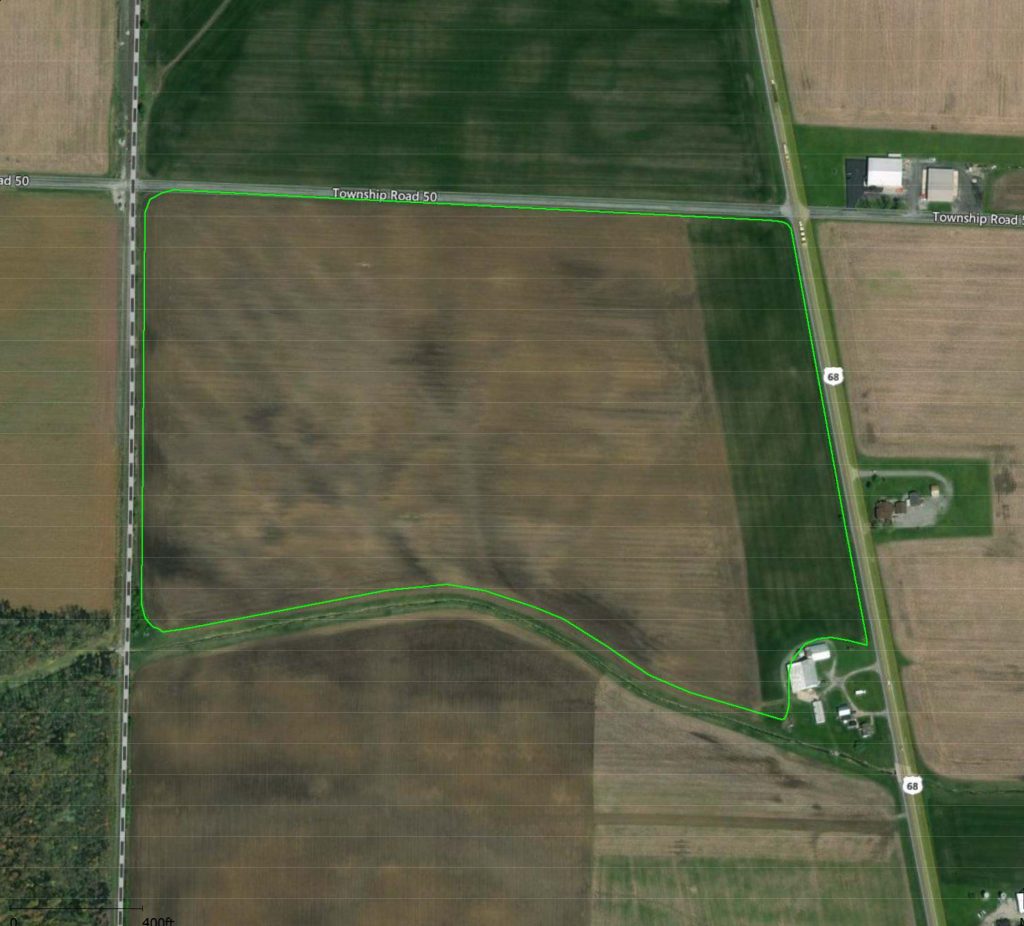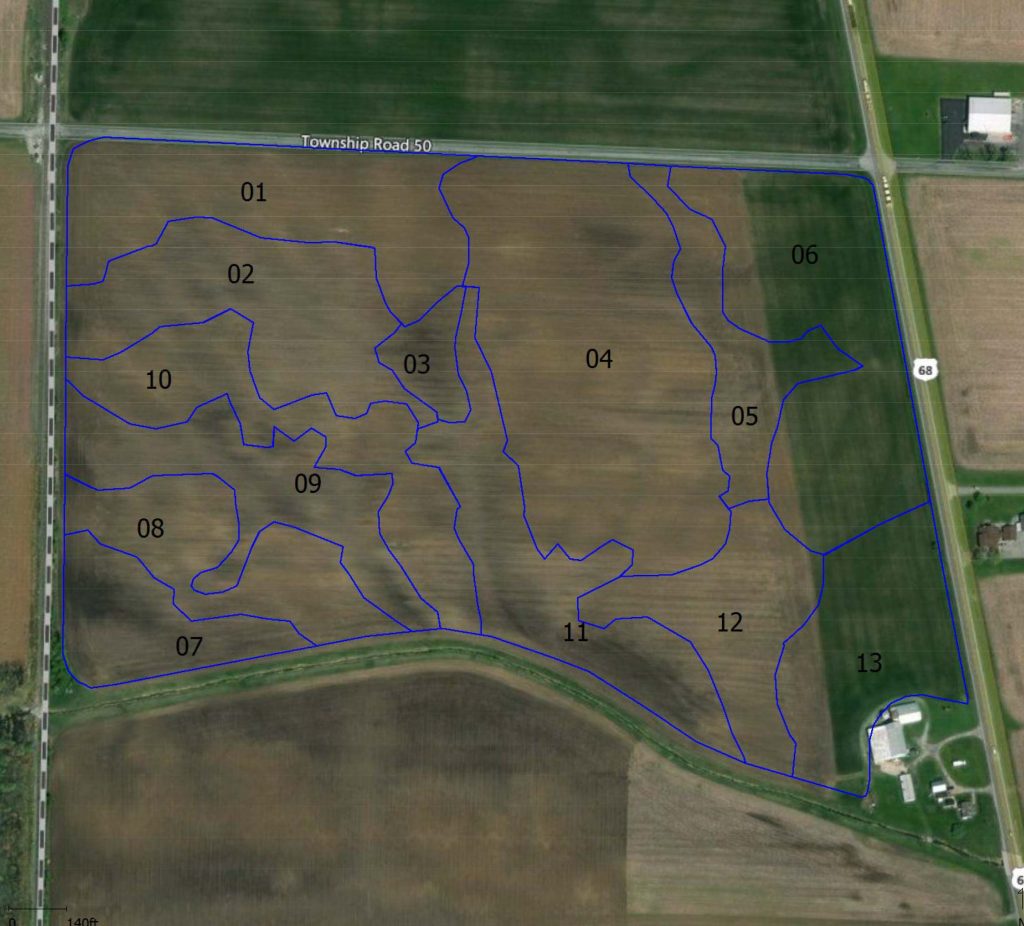What it is
A soil test is essential to determine soil fertility levels and make good nutrient management decisions. There are many options when determining what type of sample is right for your farm. At a minimum, one sample (15-20 cores per sample) from the tillage depth, should be taken per 20 acres of field size. Samples can also be taken by grids or by zones. The intensity of soil sampling can give the producer more detailed information about their field’s nutrient needs. For example, surface (0-6") samples typically test for organic matter, phosphorus, potassium, pH and salt levels and subsurface (6-24") test for nitrate-nitrogen and other mobile nutrients that may have leached below the 6" layer. Samples (~2 cups) are collected, air dried, bagged and shipped to the testing lab.
How it helps
Nutrients applied in the right amount can increase yields, reduce production costs, and prevent surface and groundwater pollution. When soil sampling data is overlapped with yield mapping data, a clearer picture can be developed on where deficiencies are occurring in the field. More detailed soil sampling can also more accurately represent where fertilizer is needed most, which will result in more efficient use of that fertilizer.
Edge-of-field monitoring research shows that soils with higher soil test phosphorus readings are more likely to have nutrient loss. By maintaining soil test phosphorus levels within the Tri-State Fertility Guide recommended ranges, the producer can reduce their impact on downstream bodies of water.
Planning ahead
Plan how the field is to be sampled before you begin. You should consider how you will divide the field into sampling areas, then always use the same areas in the future. Sampling should be conducted as close as possible to planting time. A soil map, available at the local SWCD/NRCS office will often be helpful. Some factors that might cause you to sub-divide the field into separate sampling areas are:
- The size of the field
- Different soil types
- Different topography
- Different past usage (previous crops, livestock confinement, fertility practices, etc.)
- Fertilizer application capabilities
- Different past crop performance
Maintenance
Soil tests should be updated every 3-4 years at a minimum.
Videos
Nutrients applied in the right amount can increase yields, reduce production costs and prevent surface and groundwater pollution. When soil sampling data is overlapped with yield mapping data, a clearer picture can be developed where deficiencies are occurring in the field. Detailed soil sampling can also more accurately represent where nutrients are needed the most, resulting in more efficient use of that nutrient and cost savings.
Photo Gallery
SHARE
Ready to learn more?





